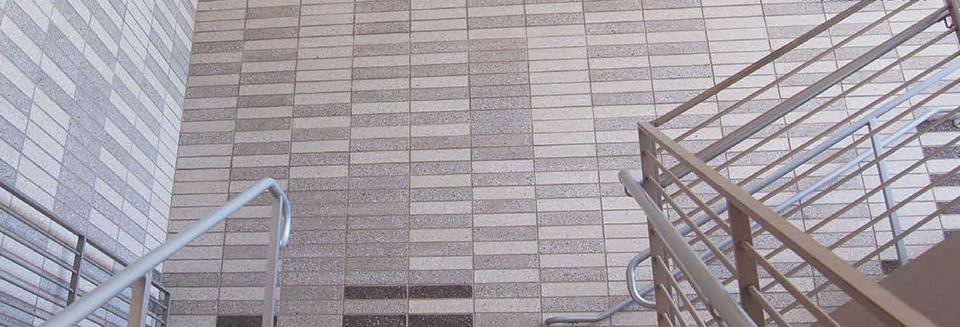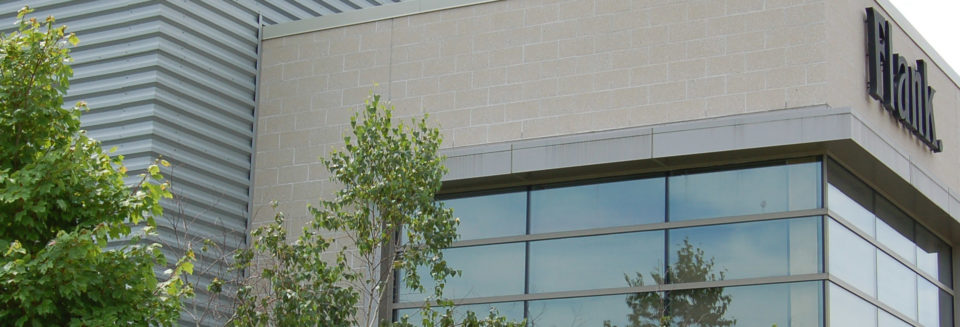
Q: For our school project, the structure must be cost effective, resilient, durable, have interior walls with great STC ratings, and must contribute to LEED v4. Is Concrete Masonry Construction a good option?
-Construction for Economy, Durability And Resiliency
A: Dear CEDAR, We manufacture A LOT of Concrete Masonry Units for school construction, for all of the reasons you asked about, Cedar. Concrete Masonry units come in countless color options, featuring beautiful exposed natural aggregates. They are available with several architectural finishes such as polished, textured polished, ground face and split...Read More





